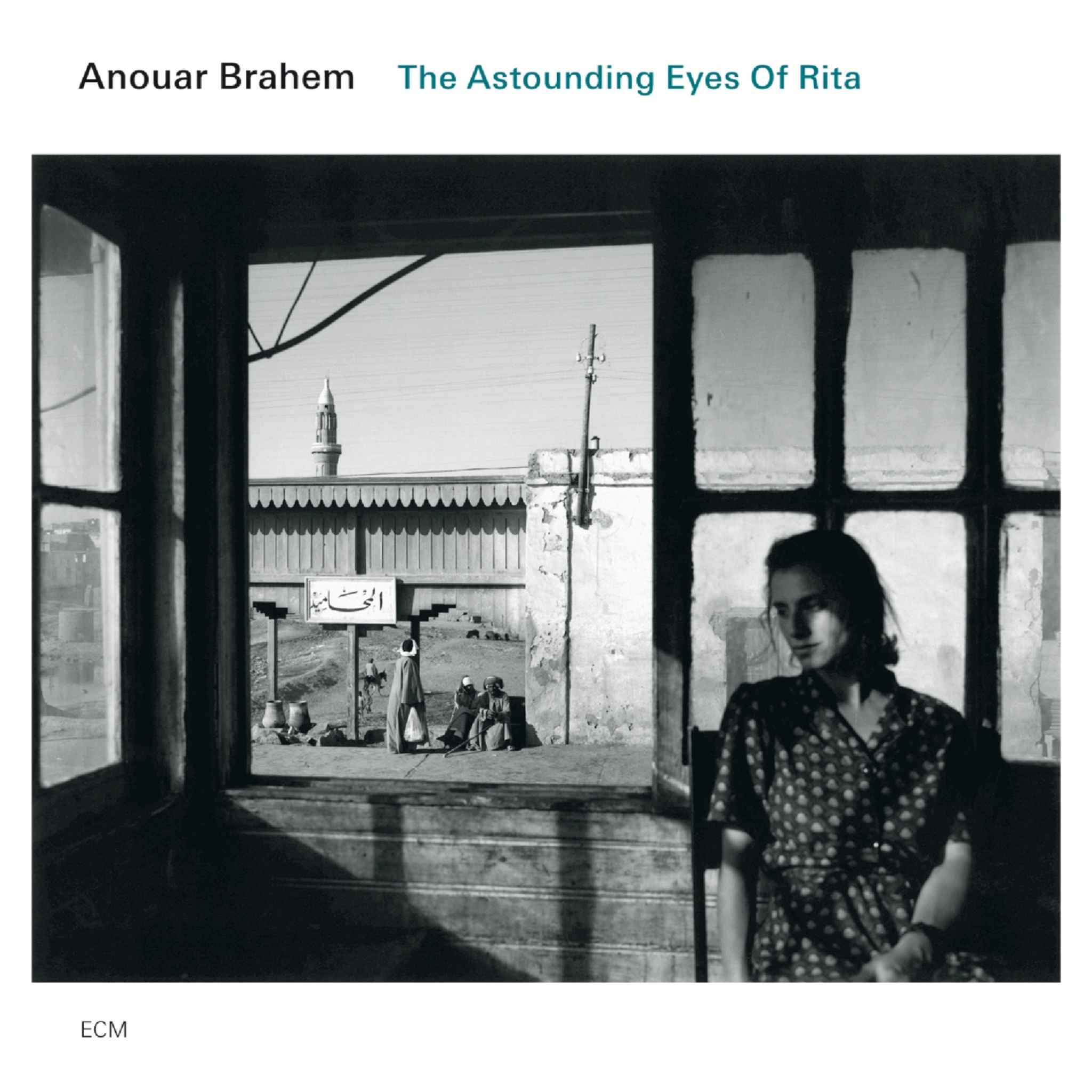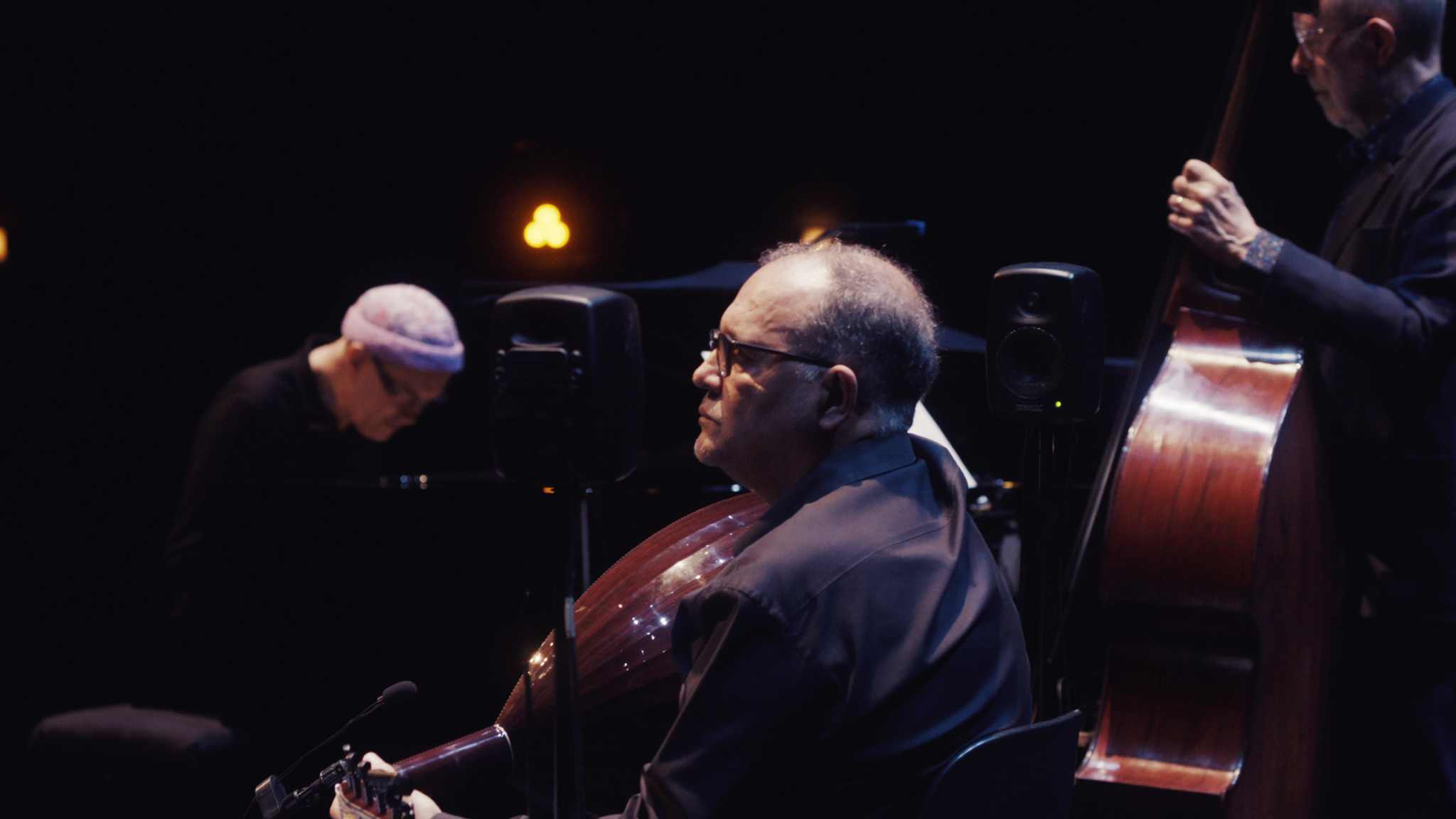Album insights
John Taverner was born in Lincolnshire, likely near Tattershall, where he served as a clerk at the collegiate church in 1525. It is believed that he began his career in London and gained enough recognition to be appointed as the Informator Choristorum of Cardinal College in Oxford in November 1526. Taverner associated briefly with a group sympathetic to Lutheran ideas at the university in 1527, narrowly avoiding imprisonment. Following Wolsey's fall in 1529, the fate of Cardinal College was uncertain until its reestablishment by Henry VIII in 1532, prompting Taverner's departure in April 1530. His whereabouts until 1537 remain unknown, but his last eight years are relatively well-documented. He settled in Boston, Lincolnshire, acting as an agent for Thomas Cromwell in assessing smaller monasteries prior to their dissolution. Contrary to belief, there is evidence that Taverner approached his work with care and empathy, rather than as a zealot.
Taverner passed away on October 18, 1545, in Boston and was laid to rest beneath the famous tower of the local parish church.
Preceding Taverner's era, the music such as the grand Magnificats and Antiphons in the "Eton Choirbook" represented a peak of predominantly insular culture seen in major choral institutions of the 15th century. Some of Taverner's works still remain steeped in this late medieval tradition, particularly in terms of form and aesthetics, despite some simplified details. Other pieces, possibly his later works, reveal an increasing awareness of contemporary musical trends in continental Europe, observed through systematic imitation, clearer structures, and simplification of rhythm and melody.
Votiv antiphons were sung as part of devotions outside liturgy, occurring post-night prayer (Compline). Initially addressed solely to the Virgin Mary before Taverner's time, a shift towards composing "Jesus" antiphons was noted by the late 1520s. Four of the extant antiphons belong to this new category. For instance, O splendor gloriae with its closing text focusing on the Trinity likely originated from Taverner's stint at Cardinal College, where statutes mandated daily singing of antiphons to the Trinity, St. William of York, and the Virgin Mary.
"O splendor gloriae" stands out as one of Taverner's magnificent antiphons, notable for its structural clarity and extensive use of imitation. Imitation is so thorough and systematic in places that a late 16th-century scribe attributed the work to both Taverner and Tye. Modern scholars, however, reject this attribution, recognizing the piece's alignment with Taverner's style. Noteworthy is the occasional text repetition in the latter part of the composition, marking a transition from an abstract, melismatic style towards a more direct, expressive "Renaissance style."
With a sectional structure combining reduced "soloistic" passages and full five-voice discant contrasts, Taverner's work exemplifies typical English design. It testifies to vocal and musical achievements of pre-Reformation choral foundations.
Te Deum, one of the oldest hymns of the Christian Church, was traditionally sung at the end of Matins on Sundays, major feasts, and special thanksgiving occasions. Surprisingly few polyphonic settings of the Latin version exist, possibly because of the text's length. The liturgical performance style alternates between Cantus planus and polyphony, adhering well to Taverner's time.
Taverner's only source for Te Deum is from the compilations by layman John Baldwin, dated 1581 and missing the tenor part. Reintroducing this part is straightforward, as it consistently carries the Cantus, wandering to the bass in specific verses. Taverner's imaginative counterpoint skills shine through the diverse material framing a straightforward Cantus. The work's full five-voice utilization suggests it was intended for an adult choir without boy sopranos.
As customary in large churches, a daily Mary Mass was celebrated at Cardinal College. Several of Taverner's works for this liturgy survive, including two settings of the Alleluia that require alternating between soloist and choir. Taverner reversed the conventional method where the chorus part was polyphonically set, opting for innovative choral polyphony in his compositions.
In the Alleluia. Veni, electa mea, Taverner supplied music only for the Alleluia and jubilus, yet instructions in Nickolas Ludford's rendition point to using the same multi-voice approach for the choral part. The performance aligns with Taverner's contemporary liturgical practices, employing two singers for the solo sections. Taverner creatively handles jubilus spirit with cascading scale passages, imparting a sense of climax.
"The Western Wynde" is likely Taverner's most renowned Mass, owed to its adept structure and melodious tunes. It garnered admiration during Taverner’s time, evident from younger composers like Tye and Sheppard emulating its thematic content. The melody underpinning Taverner's Mass is of unknown origin, likely a secular tune of the era's popularity. The piece stands as possibly England's first Mass based on a secular melody, showing a progressive and original concept in Taverner's early works.
The melody recurs nine times in each of the four movements, with changes in voices and meter in each section, creating a cohesive English "cyclical" Mass. As was typical in England, the Kyrie was not set because the text changed with different occasions. Taverner omitted part of the Credo text, a unique English tradition, without clear reasons. The mass composition reflects Taverner's mastery of counterpoint and innovative treatment of the Cantus.



